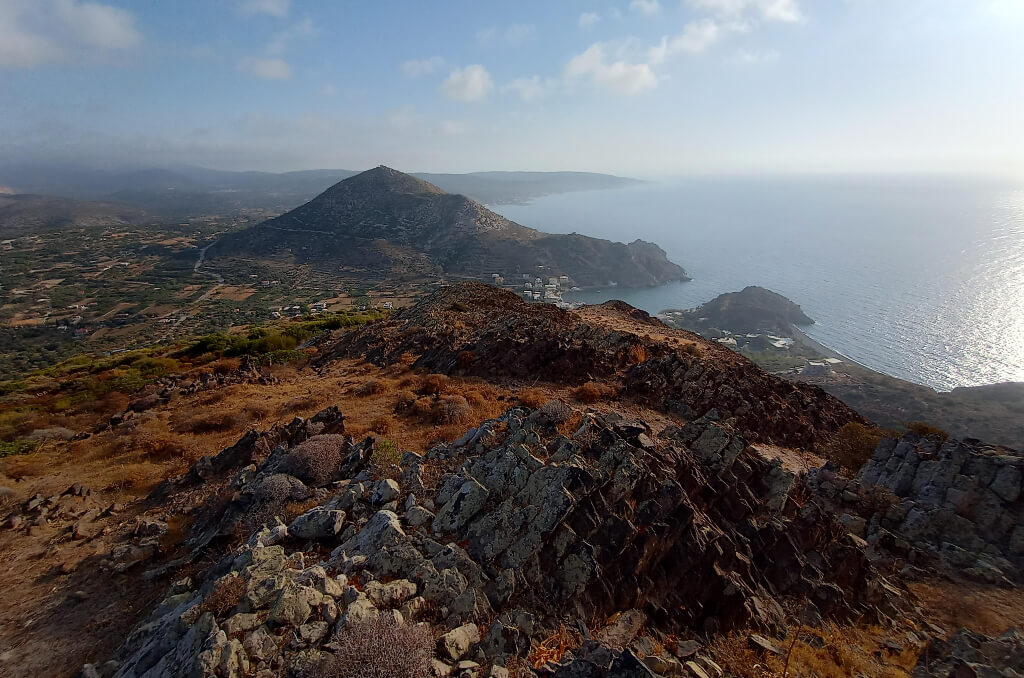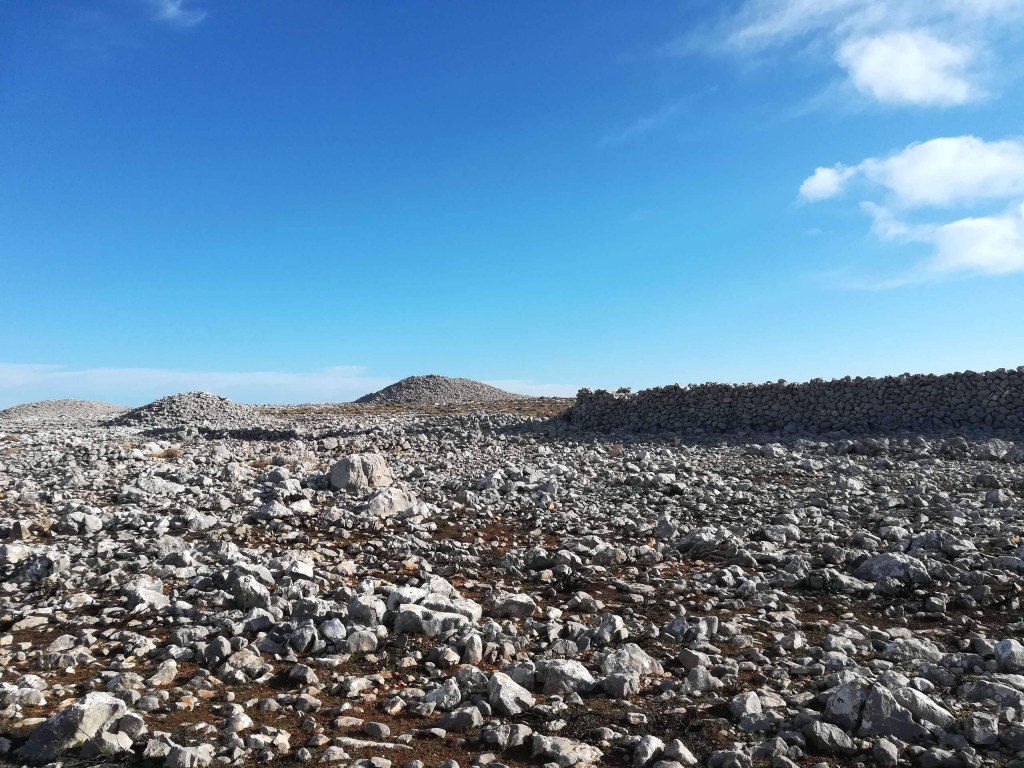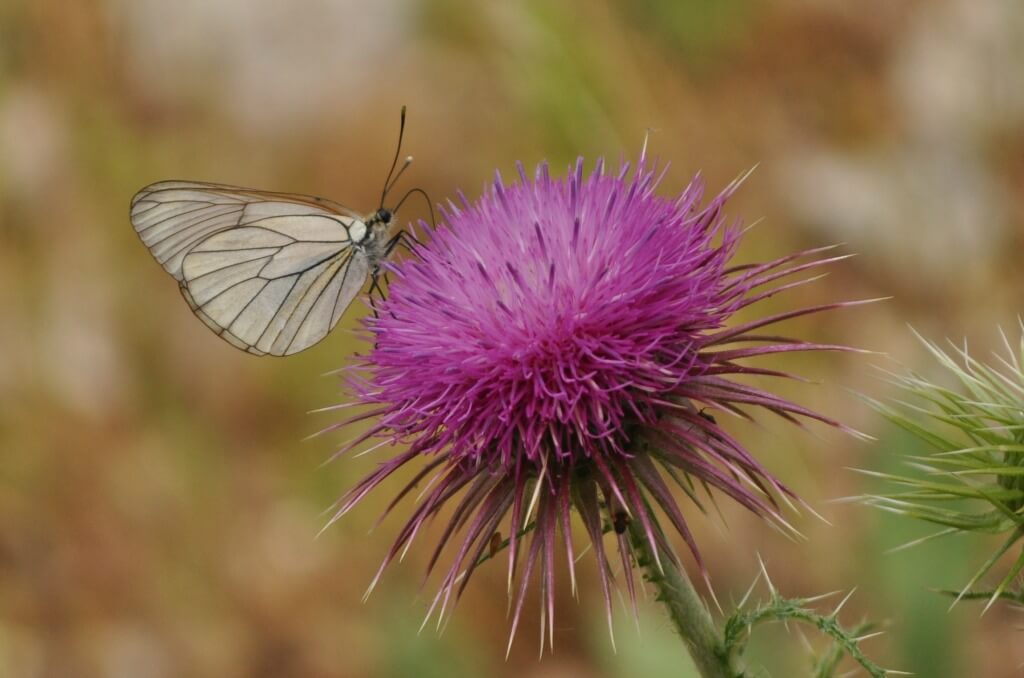TOURING AROUND
THE ISLAND OF CHIOS
When navigating through Chios, the fifth largest island in Greece, it’s hard not to notice how extremely varied its landscape is. Potential hikers therefore need to have a comprehensive view of the terrain as well as the island’s quirks.
Southern Chios is characterized by slight undulation, with lowland areas and small crop fields. Unfolding through terraces with mastic bushes and olive trees, overlooking the sparkling blue waters of the Aegean Sea, medieval fortress villages and imposing watchtowers, those smooth trails offer a pleasant and memorable hiking experience. Life in these Southern Chios villages has always revolved around mastic cultivation, with the Genoese having left an indelible mark on that part of the island; they should be credited with employing a well-thought-out plan with a view to intensifying production, fortifying the villages and erecting watchtowers across the coastline so as to shield them from pirate raids. They also built lavish mansions in Kambos and introduced the cultivation of citrus fruits. Needless to say, the medieval fortress villages, Kambos and obviously mastic are the key magnets for visitors.

📷 The view to Emporio and Cape Oura from Profitis Ilias
Central Chios is renowned for two iconic monuments for the locals and essential stops for every visitor: Nea Moni, a Byzantine era monastery and a UNESCO World Heritage Site, and Anavatos, the “Aegean Mistras”, today resided by only one lady. Then come the magnificent, barren mountain plateau of Aepos, a local history landmark inhabited in the ancient times and extending over to the east, and Ellinostrata, a trail reaching back into antiquity –the only way to get from the town of Chios to the island’s northeastern villages up until the 1920’s. Over to the west, visitors can marvel at two impressive rock-made cart roads which date back to the Ottoman occupation era, laden with unique architectural features as well as the craftsmanship the old stone masons were acclaimed for.

📷 Tapered stone mounds on Astifidolakos (Aepos)
Heading northwest, visitors are greeted by the Amani region and its nucleus, the charming village of Volissos with its Byzantine era fortress. Owing to being isolated for centuries due to the considerable distance from Chios town and the island’s morphology, the region’s villages are small and humble. The area was known in antiquity for its wine (“Ariousios”), while one can still stumble upon numerous vineyards spreading over countless terraces. Hiking on the extensive network of trails can be combined with a walk to the abandoned antimony mines in Keramos and a visit to the spa baths right next to Agiasmata beach.

📷 The “Turkish Road”
A rugged terrain dominates the island’s landscape in the southeast, with rather high mountains rising in places to over 1,000 meters. The one which really stands out is Pelineo, the island’s largest mountain range, with Profitis Ilias (the third highest peak in the Aegean, at 1,297 m. above sea level) and its little blue steel church dedicated to Holy Trinity standing tall on the top. Hiking up here is an arduous and lengthy endeavor, on account of the craggy, tough ground with its big boulders, gorges and jagged peaks. The area’s major village is Kardamila, a seafarer’s home, with smaller villages being built around, on the foothills of the mountain. Several ancient tales and abundant folk tradition are associated with the region, the island’s sole part still remaining relatively intact, blessed with ample water and high biodiversity.

📷 Pelineo mountain range
The old trails on Epos and the built footpaths spreading around Pelineo and Amani villages take you back to times when survival necessitated strenuous toil. Getting to the crop fields and interconnecting the villages used to be a prerequisite to subsistence in those isolated areas. Today, these smooth, wisely blazed trails serve a different purpose. While passing through these twisting and turning territories, hikers come across enclosure walls, terraces, threshing floors, sheepfolds and stone sheds, wells, windmills and watermills; it’s a display of man-made sites, in harmony with the environment and its wild vegetation, that give a different interpretation to the way we live today.
Chios is a really appealing place to nature lovers, both in terms of flora and fauna. Its key position has always brought European and Asian species together, whereas a considerable number of endemic plants, mostly wildflowers and potpourri, grow here. It comes as no surprise then that, all year long, hikers can stumble upon thyme, oregano, sage and lavandin, herbal tea, dozens of different orchids as well as “lalades”, the wild tulips that, come spring, turn the meadows in Anemonas red.

📷 Aporia crataegi butterfly on a Silybum marianum thistle
Finally, reference should be made to the approximately 100 beaches of the island. Sand or beach facilities are uncommon here. Covered with pebbles or fine gravel, the majority of those pristine beaches are secluded. Finally, unobstructed view to the sea is guaranteed on most Chios trails, which can allow for a little dip that can take the weight off your feet after a tiresome hiking –provided the weather is on your side.